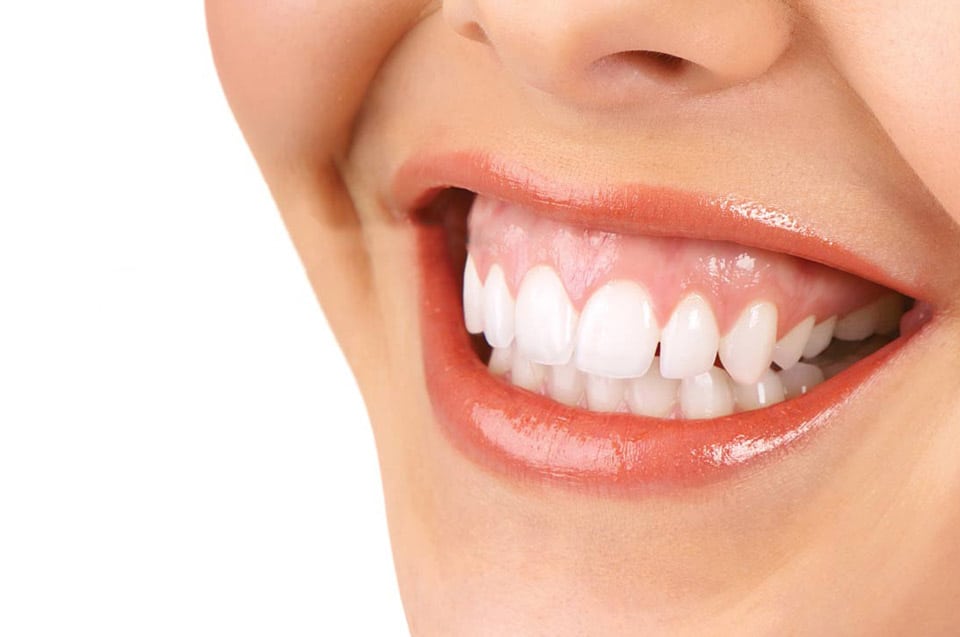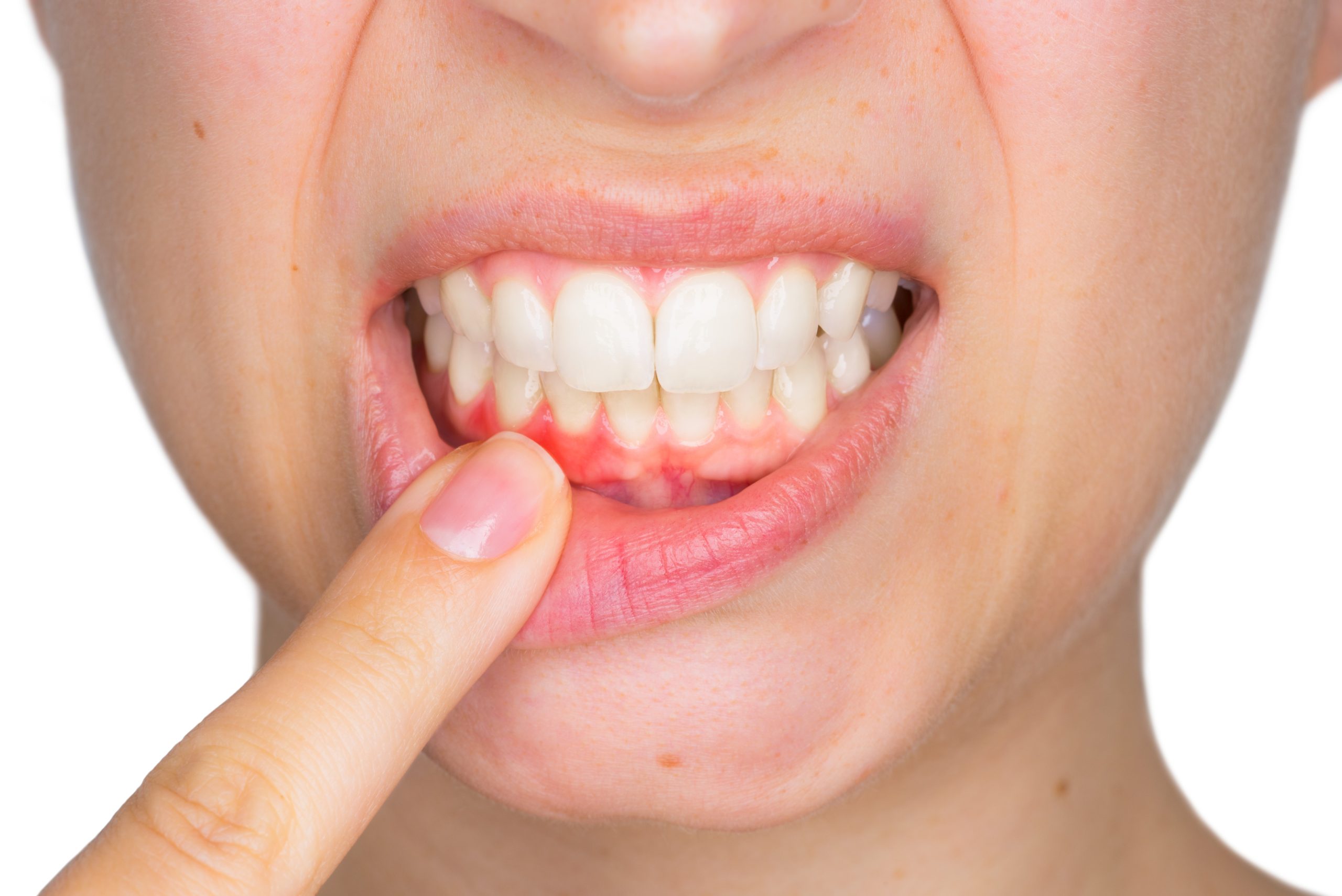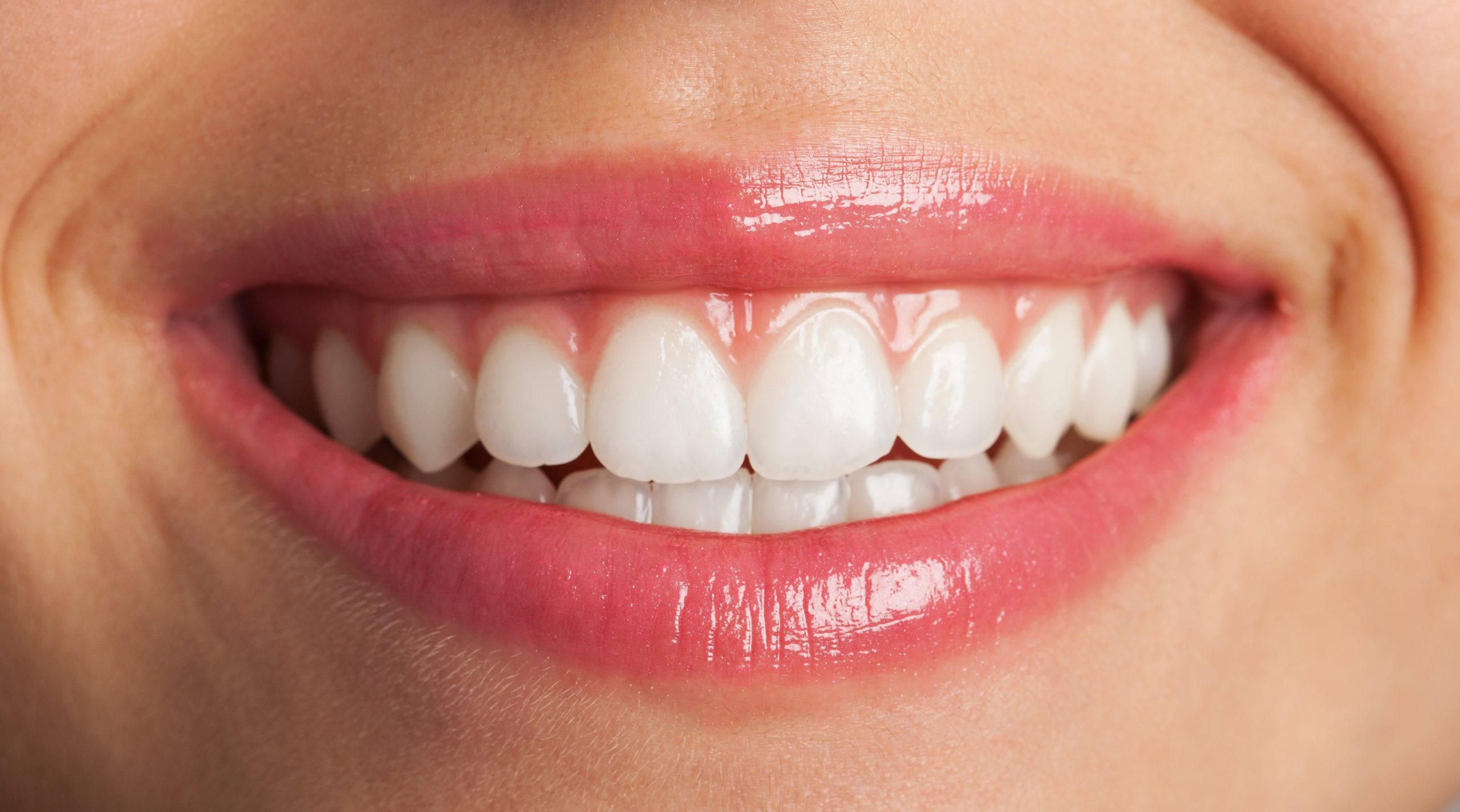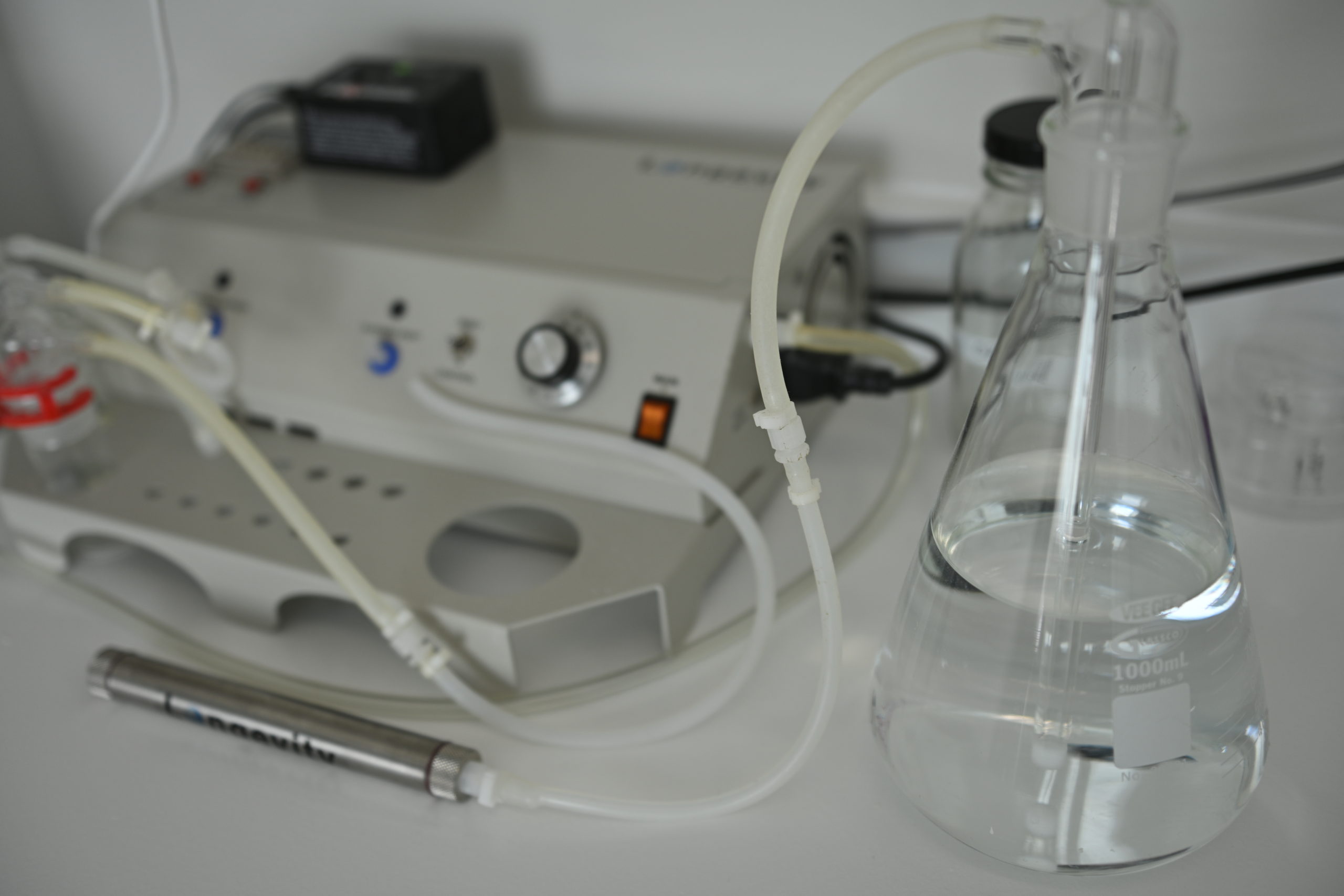Gummy Smile: Reasons and Treating Ways
A smile is one of the most beautiful things in the world, and it’s a reflection of an individual’s personality. However, for some people, their smile can be a source of embarrassment. One of the most common issues people face with their smile is a gummy smile. Gummy smile can be defined as; when a person’s upper gums become visible when they smile. So this look makes most of people uncomfortable while smiling. But no worries, with its experienced dentists, Alfa Dental Center is ready to provide the best treatment solutions. In this blog post, we will discuss the reasons for a gummy smile and the ways to treat it.

Understanding the Anatomy of a Gummy Smile
If the question of what is a gummy smile is answered, it can be briefly called a gummy smile. This condition, called gummy smile, is the way the gums are seen more than normal while talking or laughing. In fact, teeth of normal size are perceived as much larger than their size during a gum smile. Although this is considered normal by most people, people with gums of this structure feel this more psychologically. This situation, which is a problem during smile aesthetics, affects individuals socially. Nevertheless, although it is not common in every person, there are treatment methods developed for this formation.
To understand the reasons behind a gummy smile, it’s essential to first understand the anatomy of the mouth. The upper lip and gums should be in proportion to the teeth, with about 2-4 millimeters of gum tissue visible. However, in some cases, the gums are more visible than they should be, which can make the smile appear gummy.

Reasons for a Gummy Smile
There can be several reasons behind a gummy smile, including:
- Excessive Gingival Display
If a person has a short upper lip, it can cause excessive gingival display, making their gums visible when they smile. This can be caused by genetics or trauma to the lip, which can cause it to shorten.
- Hyperactive Upper Lip
Sometimes, the upper lip can be hyperactive, causing it to rise higher than usual, resulting in a gummy smile. This can be due to genetics or a muscle imbalance in the lip.
- Short Teeth or a High Gum Line
If a person’s teeth are short or their gum line is high, it can cause their gums to be visible when they smile. Short teeth can be caused by genetics, grinding, or wear and tear, while a high gum line can be caused by genetics or gum disease.
- Jaw Problems
In some cases, a gummy smile can be caused by jaw problems such as an overactive upper jaw or an underdeveloped lower jaw.

Treating a Gummy Smile
If you have a gummy smile, successful treatments are available in Alfa Dental Center. Some of the treatment options are available, including:
Botox Injections
Botox, which is known to be a toxin substance, is frequently used today in the fields of aesthetics and oral and dental treatment. Botox is another method used in gummy smile treatment.
Botox method is used in case the muscles that provide the laughing movement are shortened more than necessary. This type of treatment is performed only with the help of injectors and no other procedure is required. Botox substance is applied by dentists through an injector to two or five different points depending on the weight of the gummy smile in the person. The procedure points are the centers where the lip and nose wings meet, the intersection of the nose and the upper lip and the sides of the nasal root. When it is wondered whether Botox treatment is a painful procedure, it is responded that the injection area is numbed with creams containing local anesthesia.Botox injections can help to relax the muscles that cause the upper lip to rise higher than usual, resulting in a less gummy smile. This treatment is temporary and needs to be repeated every few months.
After Gummy Smile Botox, individuals with sensitive skin may experience mild redness and partial swelling in the areas where the procedure was performed. These and similar side effects can be eliminated with ice application for a few hours.
Gum Contouring
Gum contouring is a cosmetic dental procedure that involves removing excess gum tissue to reveal more of the teeth and create a more balanced smile. This procedure is done under local anesthesia, and the recovery time is minimal.
Orthodontic Treatment
Orthodontic treatment, such as braces or Invisalign, can help to adjust the position of the teeth, reducing the appearance of a gummy smile. This treatment can take several months to a few years, depending on the severity of the case.
Surgery
In severe cases, surgery may be necessary to correct a gummy smile. This can involve repositioning the upper jaw or reducing the size of the gums through a gum lift procedure.

Choosing the Right Treatment
Choosing the right treatment for a gummy smile depends on the severity of the case and the underlying cause. It’s essential to consult with a dental professional to determine the best treatment plan for your specific case.

Preventing a Gummy Smile
While some cases of a gummy smile are unavoidable, there are some things you can do to prevent it from getting worse, including:
Maintaining Good Oral Hygiene
Brushing and flossing daily can help prevent gum disease and other oral health problems that can contribute to a gummy smile.
Avoiding Gum Irritants
Chewing tobacco, smoking, and excessive alcohol consumption can all irritate the gums and contribute to a gummy smile.
Addressing Jaw Problems Early
If you suspect that you could have a jaw problem, such as an overactive upper jaw or an underdeveloped lower jaw, it’s essential to address it early to prevent a gummy smile goes further.
Conclusion
A gummy smile can be a source of embarrassment for some people, but it’s important to remember that there are several treatment options available to correct it. If you have a gummy smile, it’s essential to consult with a dental professional such as Alfa Dental Center’s dentists to determine the best treatment plan for you. With the right treatment, you can achieve a beautiful, balanced smile that you are proud to show off.
















